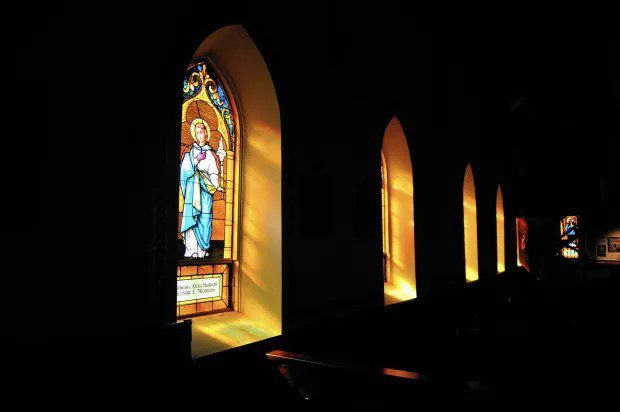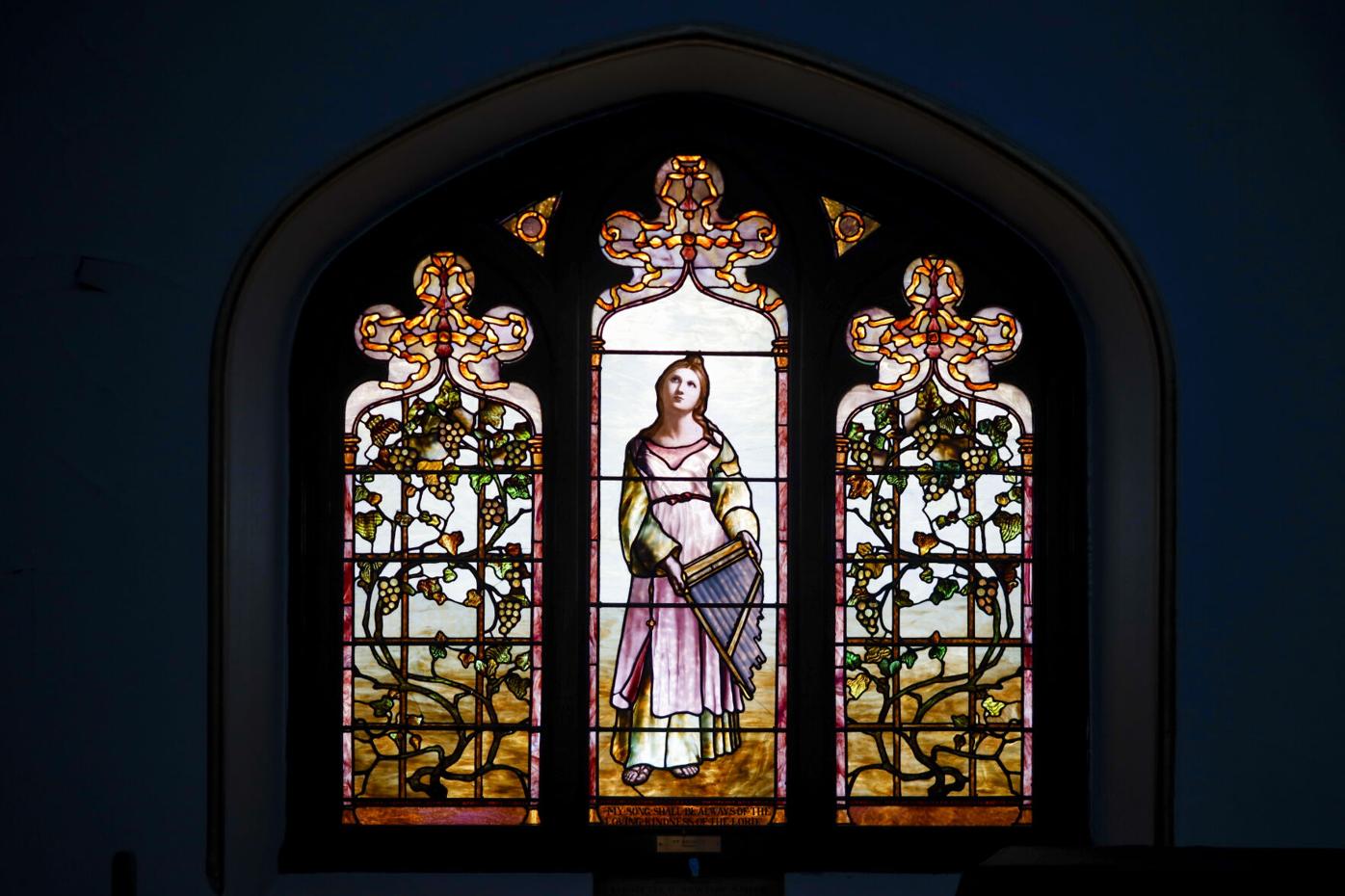Edinburgh is a city with an amazing history. It seems that literally every building there is inextricably linked to the past and has witnessed incredible events. Learn more at edinburgh-future.
This is one of the secrets of why tourists are so eager to walk through the streets of Edinburgh. Of course, they also want to get to know the local architecture better.
Unfortunately, not every old building managed to survive to this day. Many buildings have disappeared due to their age and other factors. However, their memory lives on. It means that they continue to be important and valuable objects, without which it is difficult to imagine a certain period of the history of Edinburgh.

St Paul’s Parish Church is such a building. The past of this church is closely intertwined with the life of the city and its population.
Beginning of the story
The history of St Paul’s Parish Church began in 1836 when it was founded. Moreover, it can be said that its creation was part of the Church of Scotland’s Parochial Extension Scheme.
The first priest of St Paul’s Parish Church was Robert Elder. Thanks to him, the parish grew significantly (up to approximately 500 people). In 1843, the congregation joined the newly created Free Church of Scotland.
As for the church construction, it was completed mainly with donations.
Further events
In 1847, Robert Elder began serving at Rothesay. His place at St Paul’s Parish Church was taken by William Maxwell Hetherington. The new priest managed to attract more parishioners. People liked his way of communicating and leading the service. On Sundays, William held evening lectures devoted to the history of the Old Testament. Those classes were very popular and attracted hundreds of listeners.
Important mission

In general, William Hetherington considered education very important. Therefore, he did everything for its promotion throughout his church activity.
In particular, he established a school attached to St Paul’s Parish Church in 1851. As of 1876, it served 500 pupils.
In addition, during the 1870s, the school came under the management and control of the Edinburgh School Board.
The year 1898 seemed especially important for the church. Then the first organ was installed there.
Unions
St Paul’s Parish Church often changed its affiliation.
In 1900, most of the Free Church of Scotland and its congregation decided to join the United Free Church of Scotland. Still, the church’s “transitions” didn’t end there and in 1929, it reunited with the Church of Scotland.
Post-church period
Many famous architectural monuments have gone through different stages during their existence. Those periods correlate with history in general reflecting prosperity, stagnation or reforms.
Given the fact that old houses are an integral part of the past of a particular city, perhaps their personal stories have certain phases too.
Of course, the mentioned church was no exception.
The year 1942 began a new period in the history of St Paul’s Parish Church. Then its priest John Bain passed away and immediately after that, the community started active negotiations to merge with the Newington East parish.
That idea was implemented, which resulted in the creation of St Paul’s Newington Parish Church. At the same time, the St Paul’s Parish Church premises were leased to Edinburgh Corporation. They housed the James Clark Technical School, but parishioners have the right to use the main halls.
1948 brought another change for St Paul’s Parish Church. Then the church was converted into the Cygnet Theatre, which continued to operate there until 1954. After that, the premises were used by James Clark Technical School and Preston Street School.
However, this didn’t last long and the building was sold in 1958.
We don’t know what happened to the building in the following years. Obviously, the new owner was in no hurry to carry out large-scale reconstruction there.
Therefore, the local authorities made an official decision to demolish the old building in 1980. The plot was allocated under the construction of the police station (St Leonard’s Police Station).

Thus, St Paul’s Parish Church became one of those old buildings that weren’t preserved by our contemporaries. The demolition of the church can be considered a fatal and erroneous step on the part of the Edinburgh officials. After all, every historical building is worth fighting for. They witnessed the key events of the city’s past. It is not to mention the fact that such objects arouse enormous interest among tourists, which, in turn, contributes to the replenishment of the local budget.